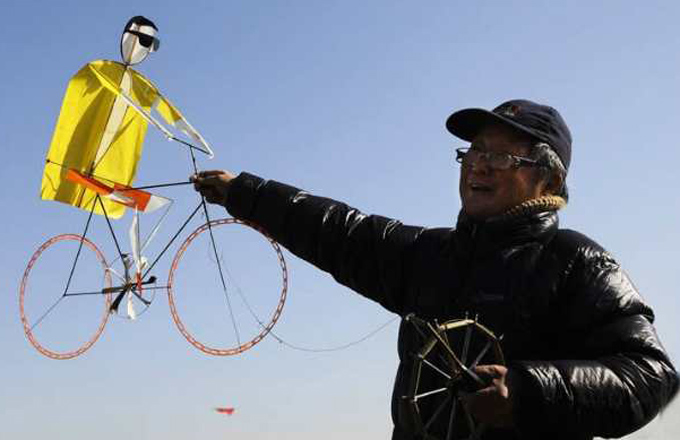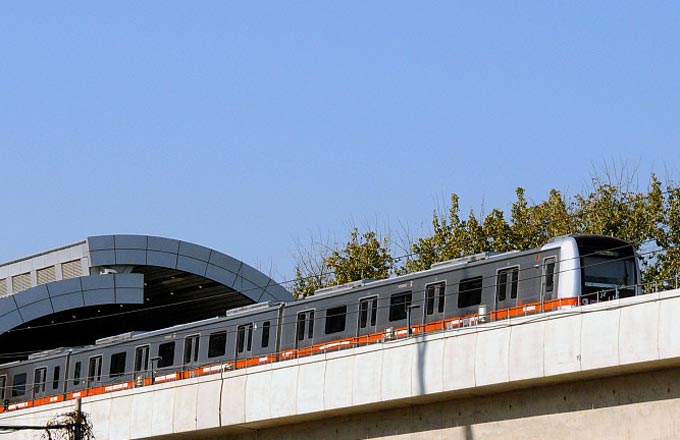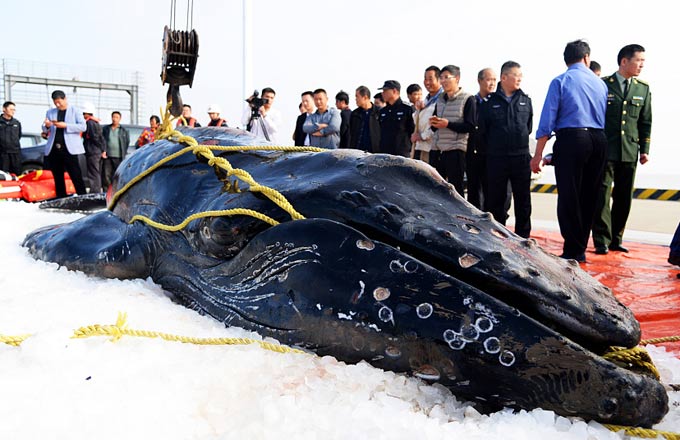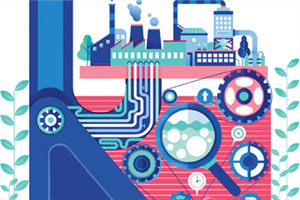Climate change set to rock airlines
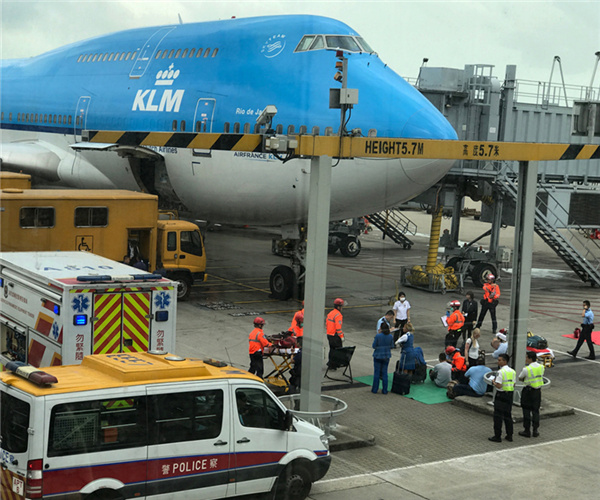 |
|
Royal Dutch Airlines Flight 887 lands safely at Terminal 1 of Hong Kong International Airport after it hit strong clear-air turbulence which left six passengers and two crew members with minor injuries. FUNG WING-HO/CHINA DAILY |
Future focus
Increased threats from clear-air turbulence may be approaching rapidly, with the doubling of preindustrial CO2 concentrations seen as certain within the next 50 years.
Pilots can access predictive forecasting by weather centers when they take off and land, but many get their information from their peers flying the same routes.
Light detection and ranging technology is one of the developments the aviation industry hopes will provide advance warning of air turbulence. The device is mounted on the nose of the aircraft, where it emits ultraviolet light signals to detect air density 10 to 15 km ahead. The signals are reflected back to the airplane, revealing any rapid shifts in air density that could spell the possible presence of clear-air turbulence ahead.
However, the median speed of commercial jets is about 900 km/h, while the technology, which can only detect turbulence a short distance away, may not provide enough warning to allow pilots to take evasive action, according to experts.
Moreover, the technology is still at an experimental stage, and is heavy and expensive, so it hasn't been adopted by commercial airlines. Many experts believe it will find acceptance as an onboard technology, but first it will have to be miniaturized and made more cost-effective.
"The planes that will be in the air at the end of this century are probably being designed now," Williams said. He recommended that aircraft manufacturers put climate change above their fleet design horizons, and equip their aircraft for the long-term effects of global warming.
Shun, from the Hong Kong Observatory, said his meteorologists are making preparations, and have teamed up with Cathay Pacific, the city's largest airline, to garner flight data from its fleet. "We intend to have a better grasp of how clear-air turbulence reacts to the trend of global warming by interpreting the statistics," he added.
In 2015, 36.3 billion tons of CO2 were pumped into the atmosphere, a rise of 63 percent from 1990. In the decades to come, CO2 levels will rise and so will temperatures.
According to Williams, the scientist from England, turbulence will worsen as the atmosphere gets hotter, and incidents are likely to become 2.5 times more common, if CO2 emissions are not brought under control.
Fung, who didn't fasten his seat belt during the incident involving Flight KL887, considers himself "very lucky" not to have been tossed around the cabin, unlike his wife who was jolted out of her seat.
"I'm not scared of flying, but the incident taught me to be better prepared for the worst, and I intend to keep my seat belt fastened all the time," he said.
Contact the writer at honeytsang@chinadailyhk.com





